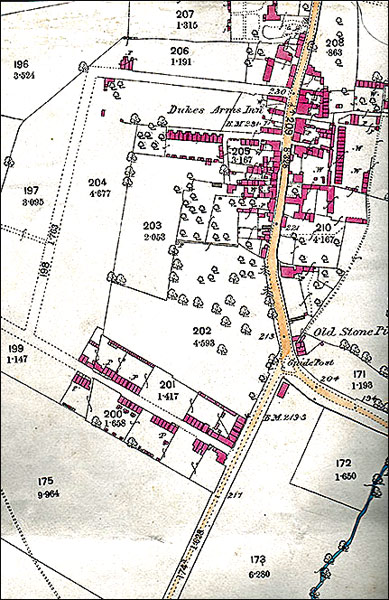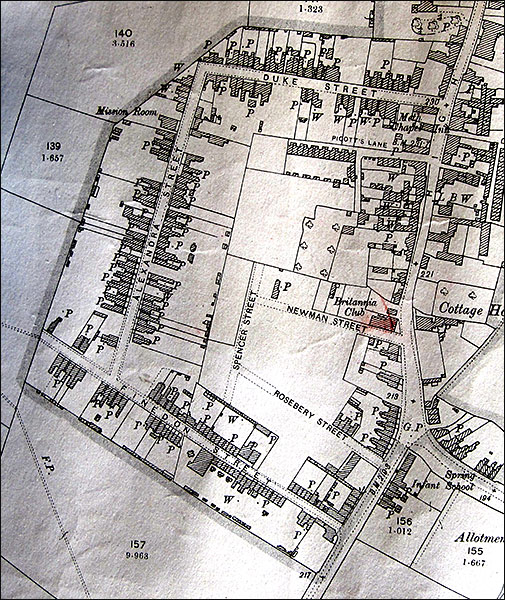| The Finedon Road Area and "New Town"
Moving south down the High Street past the remaining stone cottages on the western side of the street the character of the streets changes to Victorian red brick. The most important house south of the previously described areas is undoubtedly No: 159 High Street, a listed building which is described here together with its neighbour, the former Cottage Homes built in 1902. Further on, the oldest cottages at the southern end of the town are just past the former Cottage Homes - a row of three stone cottages, now numbered 1 - 5 Higham Road and a short distance away in Finedon Road are Nos: 14 – 24, known as Caroline Terrace.
In addition to the erection of the Cottage Homes, the face of this part the High Street had begun to change with the erection of the Britannia Club in 1897, the corrugated iron Salvation Army Citadel, Mr. Northern's butcher's shop on the corner of Newman Street and the adjacent terrace named Imperial Buildings. Hillside Row was built facing Higham Hill and St. Mary's Mission Church and Infants' School at the junction of High Street, Higham Hill and Finedon Road.
The great spurt in house building in the late 1870s and early 1900s to provide homes for the work-people employed in the clothing and boot and shoe factories resulted in the development, first of Finedon Street (called “New Town” in the 1881 Census) then Duke Street and lastly Alexandra Street, then over the next ten years, Rosebery Street, Spencer Street and Newman Street, these streets being informally known as “The Park” because they were built on parkland. The shoe and clothing worker's cottages were built around the factories where they worked in Finedon Street and Alexandra Street and between Pigott's Lane and Spencer Street.
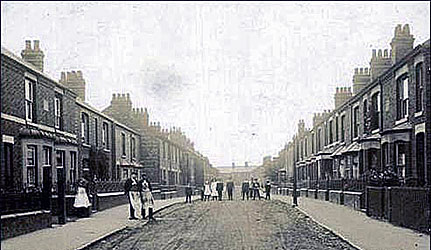 |
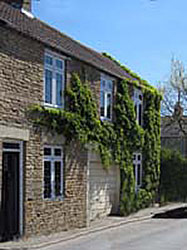 |
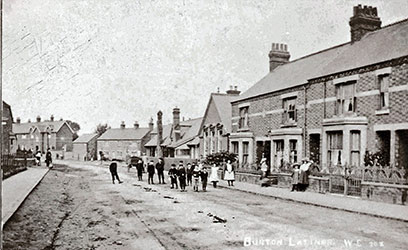 |
|
Alexandra Street in the early 1900s. Originally there were two
shoe factories in the street, probably the men in foreground
worked at one of them. One of the factories later became a
clothing factory and is now a light-engineering works.
|
No: 6 Finedon Street. the
street's only stone-built
property, built as a corn
store by Ellis & Everard
|
Finedon Road in the early 1900s, looking towards the High
Street. The building on the right with two chimneys is St.
Mary's Mission Church Room and Infants' School. The school
closed in 1935 and the Mission Room in 1972
|
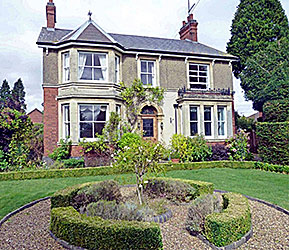 |
Henry Whitney and Joseph Westley, partners in shoe manufacturers Whitney & Westley, constructed two imposing “villas” in Finedon Road which were, for a time, the furthest houses south of Burton Latimer, but by the 1930s Finedon Road had become built up and they were no longer isolated.
Left is 'Beechwood', home of Joseph Westley, when it was on the market in 2011. Henry Whitney's home, 'Glenroy', was very similar.
Nearby, Whitney Road, Eady Road and Miller Road were all commenced in the 1930s but not completed until after the Second World War.
Villa Gardens is a bungalow development in the former garden belonging to 'Glenroy' |
Post-war building commenced with the building of council flats in Finedon Road, and council housing in Hillcrest Avenue and Queensway. With the construction of Queensway, it was possible to link it with Miller Road and Eady Road and then, when it was extended further, with Churchill Way, which in turn, linked with Whitney Road and Finedon Street. Ultimately, it was possible to join the southern and northern ends of the town when Queensway was again extended and linked with Bridle Road
|
